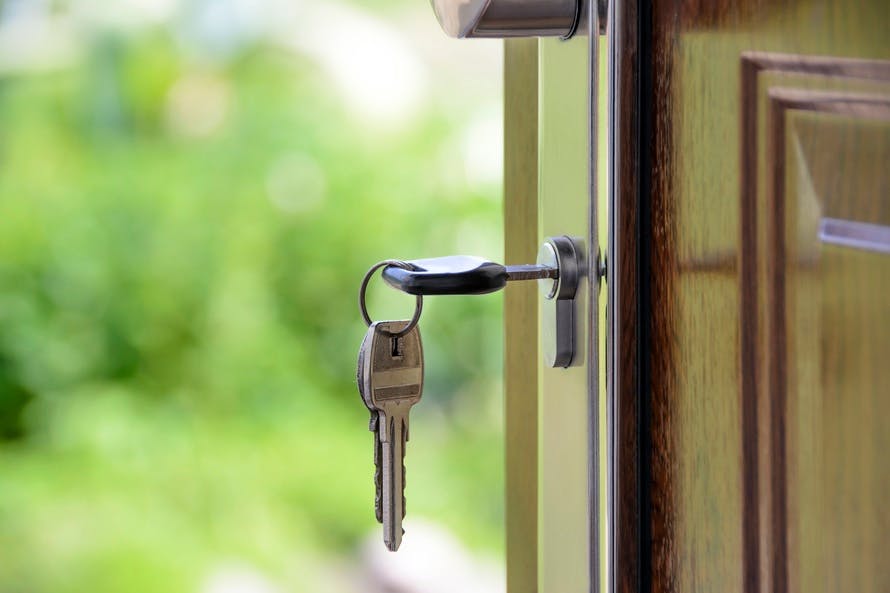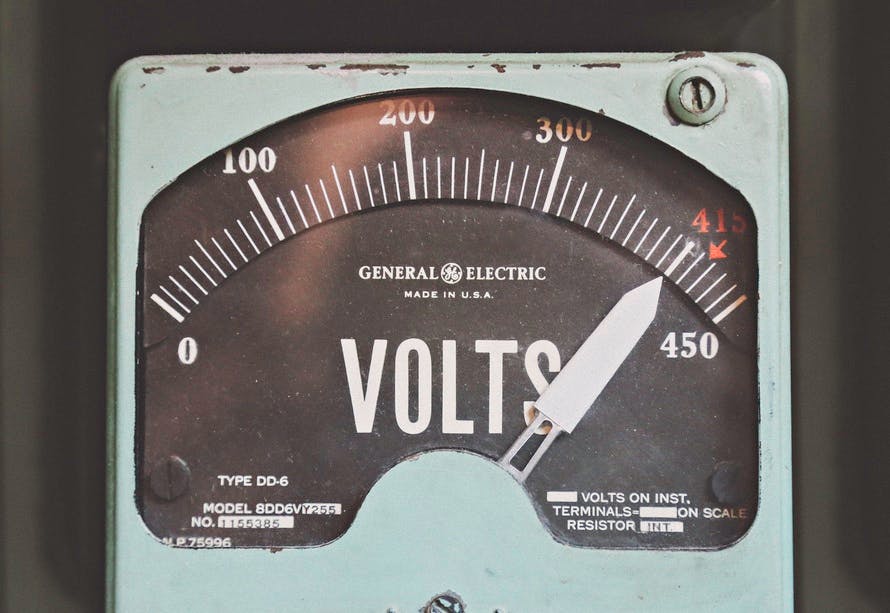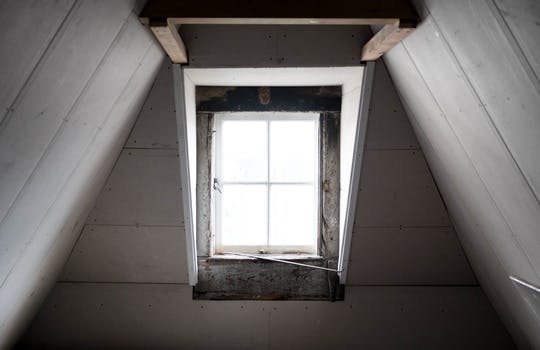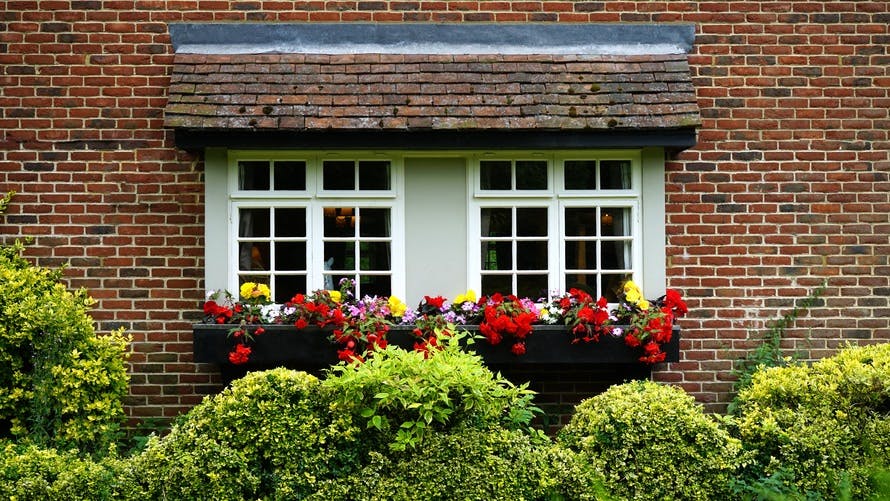As your retirement date approaches, you may be actively moving forward with plans to prepare for retirement. For example, you may be researching low cost health insurance options for retirees or making an effort to transition your spending so that it is more in line with your fixed retirement budget. One of the most significant factors that retirees consider is what to do with their housing situation. More specifically, should you move into a new home or remodel your current home so that it meets your current and future needs? Future needs, for example, may include transitioning from a two-story home to a one-story home with handicap accessible features. There is no right answer to this important housing question, and retirees should carefully review the two options available to determine what is best for them. By focusing on a few points, you may realize that one option is more clearly aligned with your goals and objectives than the other.
The Financial Aspect
There are numerous financial factors to consider when you determine which location is most affordable to live in. For example, when comparing two separate homes, you may analyze factors like the mortgage expense as well as property taxes, insurance and utilities costs. However, the cost of living in an area, state and local income tax and even estate taxes may also play a role in where you choose to live. In addition to these points, consider how you plan to spend your days in retirement, and you may find that it is more cost effective to live in certain areas to enjoy your daily activities. For example, if you plan to travel, living close to an international airport or a popular cruise port may be financially advantageous. If you plan to golf, living in an area that has dozens of golf courses close by may be beneficial. Remodeling your home locks you into living in your current location, but there may be benefits associated with relocating to a new area.
Intangible Benefits
There are also intangible aspects associated with remodeling or relocating. Many retirees may have spent long years or even decades in their current home. They may have many friends and neighbors in the community that they would have to say goodbye to if they move far away. They may also have significant memories of kids growing up and major life events that occurred while living in the home. While some people may have trouble emotionally detaching from a home, some may also have trouble remodeling their home for these same reasons. If you are trying to decide between moving or relocating, consider the fact that the emotional upheaval of a major remodeling project can be just as traumatic as a full relocation.
The Risks and Downsides
While there may be financial advantages and intangible advantages associated with both relocating and remodeling, there also may be many risks and downsides to consider. For example, if you choose to remodel your home, you may have to deal with personal injury lawsuits from poorly selected contractors or even shoddy workmanship that affects your property value. If you choose to sell your home and relocate, you may have to contend with unexpected repair work on the new home that you have not budgeted for. These are only a few of the potential risks and downsides associated with relocating to a new home, and you should fully research all possibilities before you make a final decision about how to proceed.
One of the toughest decisions you will have to make when preparing for retirement is choosing where to live. With so many different options available to you, it can be difficult to narrow down the options and to make a wise, informed decision. As you explore the living options for your retirement years in greater detail, focus on each of these points to help you eliminate options that may not be best suited for you.
Designers agree; one of the best and most cost effective ways to liven up your living room is with a rug. Just adding a rug can create coziness, warmth, beauty and a new refreshing look to your living space.
What is more, there are such a wide variety of rugs that is makes it easy to select one to fit your décor. All the same, the many styles have their own pizazz to liven up your living room.
Traditional Rugs
The traditional rug is an endorsement of taste and sophistication. This type of rug reflects the tried and true styles of the classic European designs, Persian and the Orient. They add refined taste, antiqued beauty and classic ambiance. It is the ideal choice for those who appreciate antiquity in the New World but want to add a little plush.
Contemporary Rugs
These rugs are a favorite for enlivening up your living room. They come in varied styles from free-form to more controlled designs. In truth, the contemporary rug is an essential accent piece that can help define the colour palette and theme of your living space. They come in all-embracing and vibrant palettes to enhance your décor.
Transitional Rugs
The latest style in all things, transitional designs are a pairing of traditional and contemporary designs. These rugs blend off-the-cuff elegance with renewed style. It allows the old with the new to intermingle and create a style that is “You”. Examples of the new mode include rich coloured accents, sleek and cozy modern furniture with a traditional rug.
World Beat Rugs
World beat rugs merge current art with a touch of Mediterranean or Asian glamor. This style rug is similar to transitional rugs but with some flair. They make an electrifying accent to any space and add invigorating texture and warmth. Some designers define world beat rugs as a conglomeration of new and old that leaves room for the imagination.
Southwestern Rugs
Southwestern rugs include bold southwest patterns and traditional Native American patterns. They are the perfect styled rug to go with a western or southwestern theme. The range of colours generally consists of brick red, rust, cream, sage, brown, light brown and gold. These hues warm the home and add richness to your décor. Even entry rug s or floor runners will liven up your living room.
Braided Rugs
Braided rugs are the classic American and European style. They add aesthetic taste to the home while being practical. Braided rugs are also created from different types of materials such as cotton, jute and wool. With different textures and warmth plus a touch of country, these rugs are popular in cottages, farmhouses, coastal homes, country chalets and rustic décor.
Shag and Flokati Rugs
There is no other type of rug that can compare to the softness of a Flokati or a shag rug. They have matchless comfort with affordable style. Quite frankly, Flokati rugs are like a soft piece of fleece fabric from the clouds. These types of rugs also blend well with both modern and traditional styles and add the perfect flair to your living room.
Solid and Border Rugs
One of the best ways to uplift your décor is with a border or solid color rug. A border rug offers the ideal frame for grouping furniture. They also come in many styles from solid to various patterns. Solid rugs offer a mixture of shades of your choosing and natural fabrics. They also add texture and a painter’s backsplash of colours. This type of rug supports your theme plus the color palette of your living room.
Floral and Tropical Rugs
If you love bringing the outdoors into your living room then floral and tropical rugs are the perfect choice. In truth, the natural beauty infuses your living room with romance and bold tones or shades of pastels for softness. These types of rugs go great with tropical décor. Add a few Rattan and bamboo pieces and you will have your own getaway at home. Floral rugs can add amazing beauty that pairs well with all types of furniture.
In all likelihood, if you’ve been living with your folks, in a dorm room or an apartment, you probably don’t know a whole lot about home maintenance, landscaping or home security. These tips may help to prevent costly mistakes, save money and help you to learn about homeowner responsibilities.
Valve for Water Shutoff
After purchasing a new or used home, you need to locate the main valve for shutting off the water to the home in an emergency. Shutoff valves are typically located near the water main where it comes into the home. Everyone living in the home should understand how to turn the valve off.
You may need to shut the valve off when pipes burst or an overflowing toilet floods the floors, carpeting, cabinets or wallboards. These items are difficult to dry out and can lead to costly repairs.
Landscaping

Planting new or additional landscaping is a wonderful way to add a bit of your own personality to the home, and it can help to keep your home much cooler during hot summer weather.
Choose trees and vines to plant on the southern and western sides of the home, which will provide much needed shade. Call 811 before you begin digging around your home to learn where wires, cables and underground pipes are located from the dig-safely hotline.
Improve Security

Whether you’ve purchased a used or a new home, it is a smart idea to change out the locks. As a matter a fact, consider deadbolts, which offer the most security.
Take a quick tour of your new home looking for weak areas that could provide easy access to thieves. Adding window locks, outdoor lighting and light sensors in vulnerable areas could reduce vandalism and thefts.
Electrical Panel

Locate the electrical panel in your house that contains breakers to shut off power to various parts of the home. Check to see that all breakers are labeled with the names of each room, so you’ll know which breaker to shut down in the event of an emergency.
Home Systems and Appliances

Determine whether you want to make repairs or replace home systems and appliances yourself. Perhaps you would rather purchase a home warranty from a service company that offers warranty plans to make repairs or replace faulty units.
Warranty plans can be tailored to the needs of homeowners. Many basic plans cover the major home systems like plumbing, heating, electrical and cooling. Some plans include a number of common household appliances like refrigerators, freezers and dishwashers. Generally, you pay a flat fee once a year to purchase a contract and are responsible for paying the cost of any service calls.
Checking for Plumbing Issues

Plumbing might not be much of a concern in newer homes, but you definitely want to discover plumbing problems in any used home.
Open cabinets below sinks to search for leaks. Check to see whether faucets are leaking or continually dripping. Make sure the toilet doesn’t run constantly, and look around the base of the toilets for signs of water leaks.
Insulation

It’s a smart idea to check out the attic insulation to determine if it has at least the minimum requirements to keep your home cooler in the warm months and warmer during chilly weather. Insulation should be anywhere from 10 to about 14 inches thick depending upon the type and quality of insulation.
Locate the water heater and consider purchasing an inexpensive water heater jacket if it doesn’t already have one. Also, check the settings on the water heater. Setting it to 120 degrees should more than cover your needs and may help to lower your electric bill.
Add insulation around exposed pipes in garages and basements to reduce heat loss.
Fire Prevention
 Remove shrubbery and trees that are too close to the home. Maintaining a 30 foot perimeter around the home free of large bushes and trees is recommended.
Remove shrubbery and trees that are too close to the home. Maintaining a 30 foot perimeter around the home free of large bushes and trees is recommended.
Install fire alarms throughout the home. Multi-level homes should have alarms for each floor. Make sure your home is also equipped with working fire extinguishers.
There is no doubt about it, owning your first home is a learning experience. Just remember to seek advice from neighbors and when in doubt, consider calling a professional.
Bundling Insurance
If you’re wondering if you should bundle home and car insurance, the answer is almost always yes. The discounted amount from bundling home and auto always varies depending on who you are bundling with, but the average bundle discount will get you 20% off. While the immediate and obvious benefit of bundling is saving money, the benefits go beyond just savings. Because you’re bundling, there is no doubt you’ll develop a better relationship with that company as you’ll be talking to them more frequently. No yo mention you could also benefit from paying a single deductible as opposed to two.







 Remove shrubbery and trees that are too close to the home. Maintaining a 30 foot perimeter around the home free of large bushes and trees is recommended.
Remove shrubbery and trees that are too close to the home. Maintaining a 30 foot perimeter around the home free of large bushes and trees is recommended.
